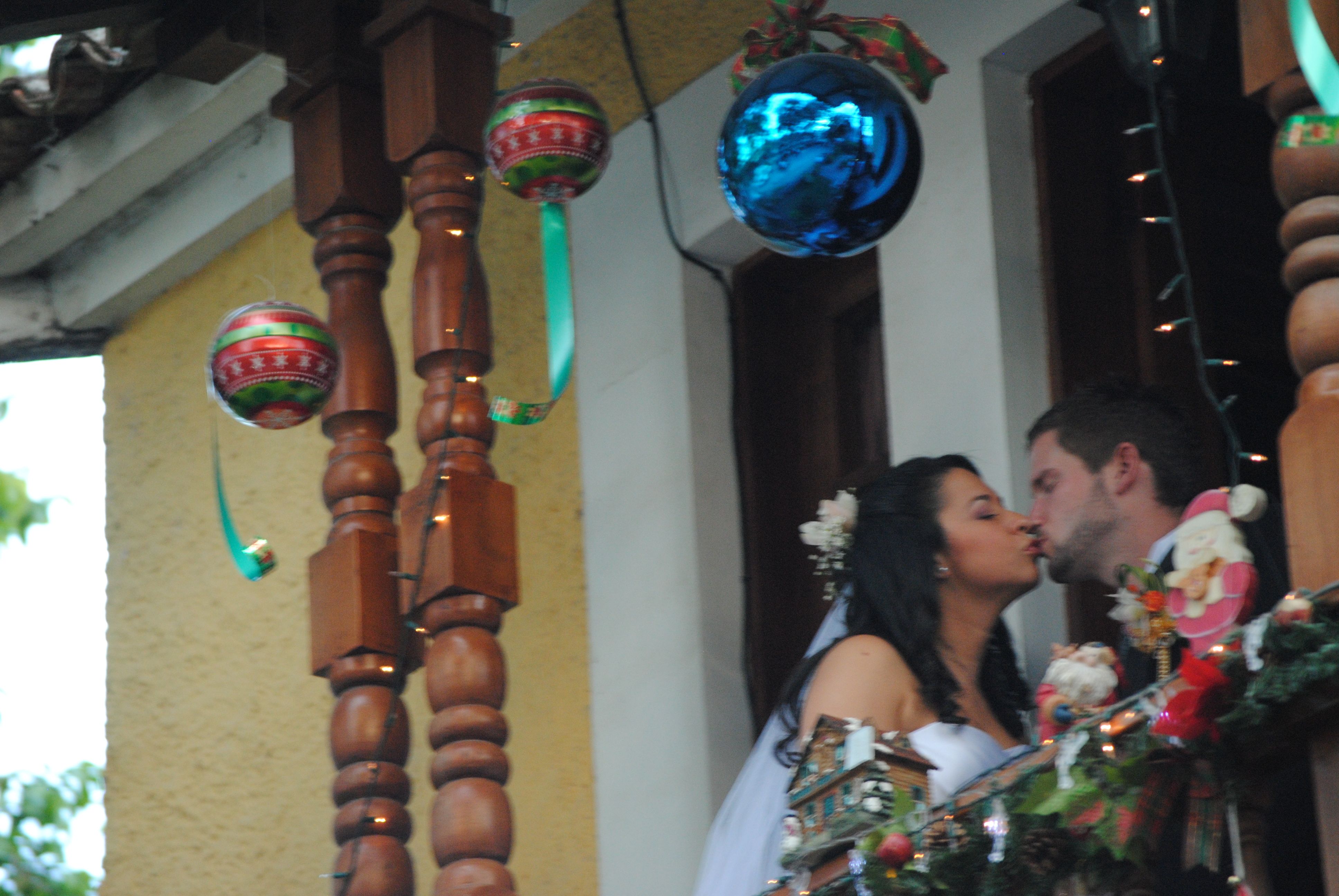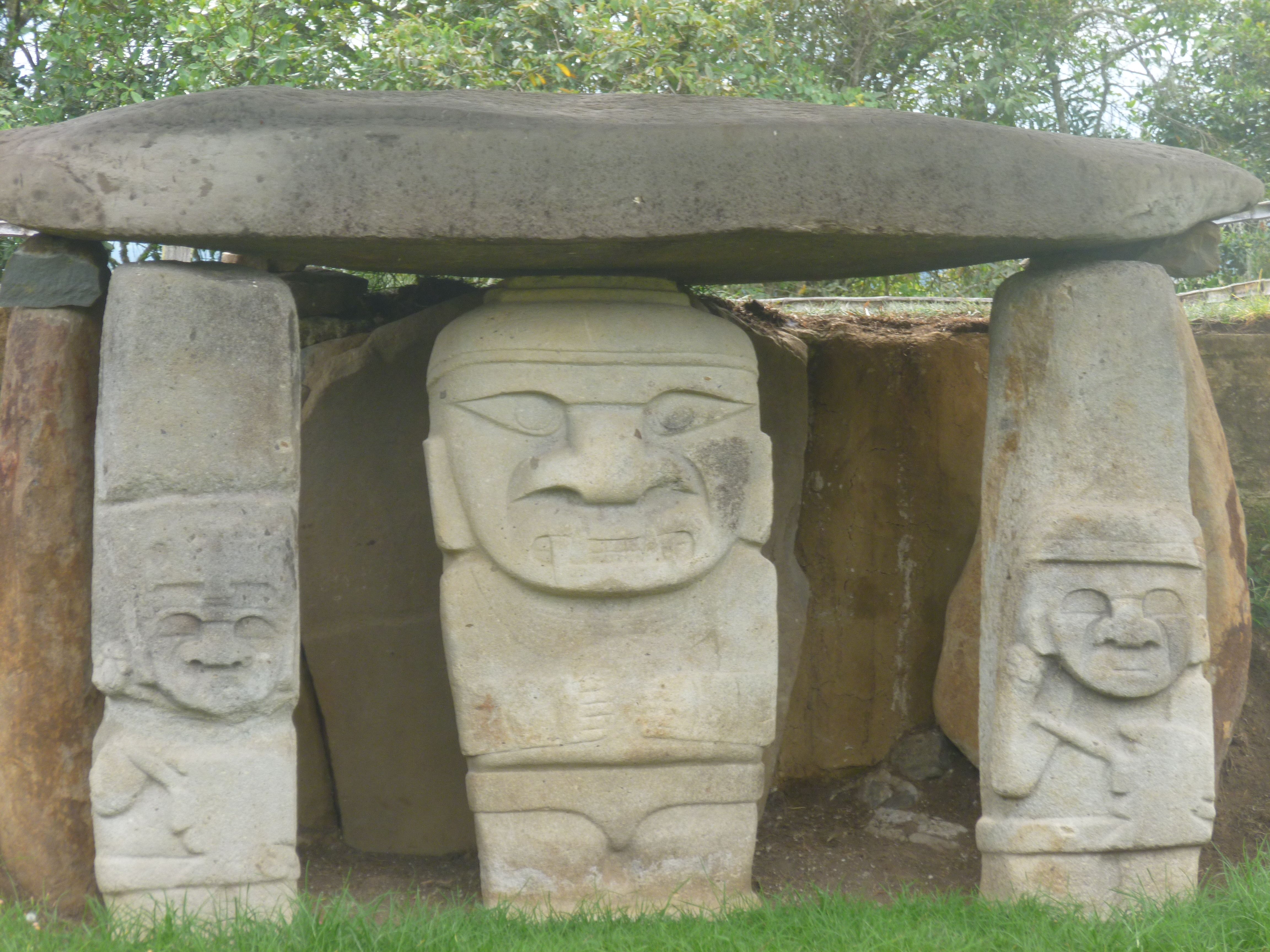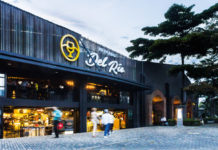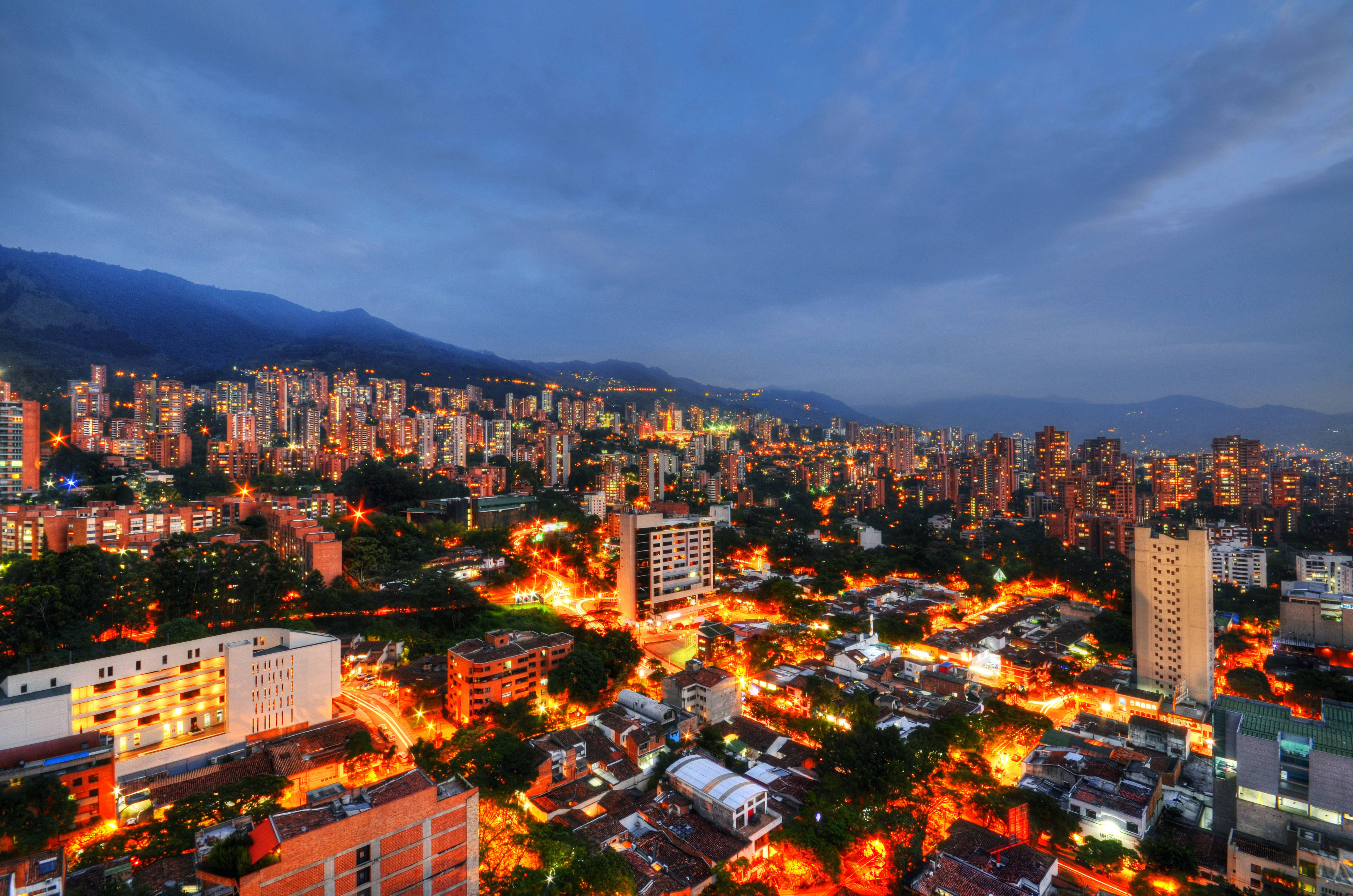
PITALITO, Huila — The encounter almost never happened.
Had my roommate not moved back to the United States just before my trip to Argentina, Chile, Paraguay and Uruguay, I never would have gone to Urban Buddha, the Laureles hostel that I have come to like so much.
That means I never would have met Nikos Boe or Clara Molina. That means I never would have been in their Colombian wedding, never would have visited Pitalito or San Agustín for this quick trip, never would have written a blog post quite like this one.
It’s a unique post.
It covers the new series I just started, The Expat Files, because Nikos is from the States. It covers the kind of adventure through the country that I enjoy most — going to new places, learning about new cultures, seeing beautiful landscapes and structures. It covers celebrating a holiday in Colombia, in this case New Years Eve.
The trip to Huila (pronounced WEE-lah), the department that’s home to Pitalito, San Agustín and other small towns and cities of hospitable opitas, began on Dec. 28, after I enjoyed three days at La Feria de Cali (something you’ll read about soon enough).
I took the three-hour bus ride to Popayán (16,000 pesos, or about $9), then the four-hour trip to Pitalito (32,000 pesos, or about $18). The last part of the trip is a little bumpy because not all of the road is paved, and at one point the bus driver, several passengers and I had to move some fallen trees from the road, but that’s all part of the excitement, right?
I arrived at Clara’s house around 11 p.m., to join the pre-wedding party. We drank our share of guaro to celebrate the upcoming nuptials, what started with a good-looking Seattle kid’s vacation to Colombia, and a stay at a Bogotá hostel where a pretty opita used to work, and a friendship that became so much more.
The next day we got fitted for our suits, to make sure we looked respectable enough to be near Nikos during the ceremony.
It’s different, in Colombia.
The bride and groom walk down the aisle first. Then come the padrinos, or godparents, who watch from their knees at the end of the aisle, the groom’s party to the left, the bride’s to the right, as the priest blesses the marriage. For Nikos, it was Kyle and Laura, for Clara, Andres and Sandra. The bridesmaids and groomsmen, which included me, are last down the aisle and sit in the first pew on the left.
The ceremony takes about 45 minutes, then it’s off to the reception, in this case a beautiful finca just outside the little city, where there was lots of dancing to salsa, merengue and vallenato. This included me too.
Speeches followed, and all were great, I really loved the one from Kyle, Nikos’s best man. He gave his speech in Spanish, even though he does not speak the language, after practicing for weeks back in Seattle. Talk about the best of best men.
Oh, yeah, and we drank a bunch of guaro too. Whiskey even. Each table had a bottle of Chivas Regal.

The next day, after the most beautiful wedding I have ever seen — apologies to my cousin Alisa and my best friend Parker, but I have to be truthful — we met for lunch at the same finca where the reception was held. We ate lechona, a roast pig that comes with yellow rice. Delicious.
After hanging out and drinking more guaro, we were off to play tejo, a game in which you try to throw a rock, underhand, a long distance, hoping it lands in the middle of an incline platform of clay, where the impact will cause a small explosion.
Scott, an Australian Nikos met in India and one of the other groomsmen, said, “I don’t think I’ll be going professional in this anytime soon,” something that applied to all of us who didn’t grow up in Colombia.
Then on New Years Eve, we were off to San Augustín, the archeological capital of Colombia.
I was surprised to see, as we rolled into town that afternoon, that the party was in full force. People were spraying foam and throwing flour and splashing water. At one point, a group of kids covered the windshield of the car behind us with foam, then lifted the windshield wipers so the car had to stop.
They wanted someone to come out to fix it, so they could get them. They had already tried opening the doors of our car, of the other car.
Kyle, Laura, Scott and I dropped off our stuff at the house we rented at Hotel International and immediately made the 15-minute walk to the town, to take part in the madness. Kyle, about 6 feet tall with light brown hair and bright blue eyes, was a prime target. He felt most of the damage.
The rest of us got our share too, but the thing that struck me was the graciousness of one opita. Before she doused me with flour, she asked permission. I laughed. “Hágale pues!” I said, using the friendly paisa phrase for “Hurry up already!”
By the time we got back to the house and showered, friends and family were arriving. I had a great time getting to know all of them, all nice people. And we drank more — yep, you guessed it — guaro.
Later, Kyle, Laura, Nikos, Scott and I walked into town, to witness the nighttime festivities. We switched to beer by then because we didn’t need anymore hard liquor, although I think we took a shot from some guy we met from the states. I think.
Our time in San Agustín naturally included a walk through the archeological park, which is full of these stone statues, carved into the faces of people and animals. It’s impressive that the native cultures did this.

Some had huge, flat rocks covering them, like a roof, and I mentioned out loud that I wondered how many people it took to do that, to carve the covering and put it on top.
“Couple guys,” Kyle joked. He might be one of the funniest people I know.
We eventually headed back to Pitalito, and slowly began to say our goodbyes and thank you’s, as Kyle and Laura headed back to Seattle, Nikos and Clara to Aruba for their honeymoon, Scott to his mining job in Australia, and me to the Carnaval de Negros y Blancos in Pasto (and, yes, you’ll read about that soon enough as well).
That last night at Clara’s house, we noticed a bottle of guaro on the liquor shelf. We didn’t drink any.












